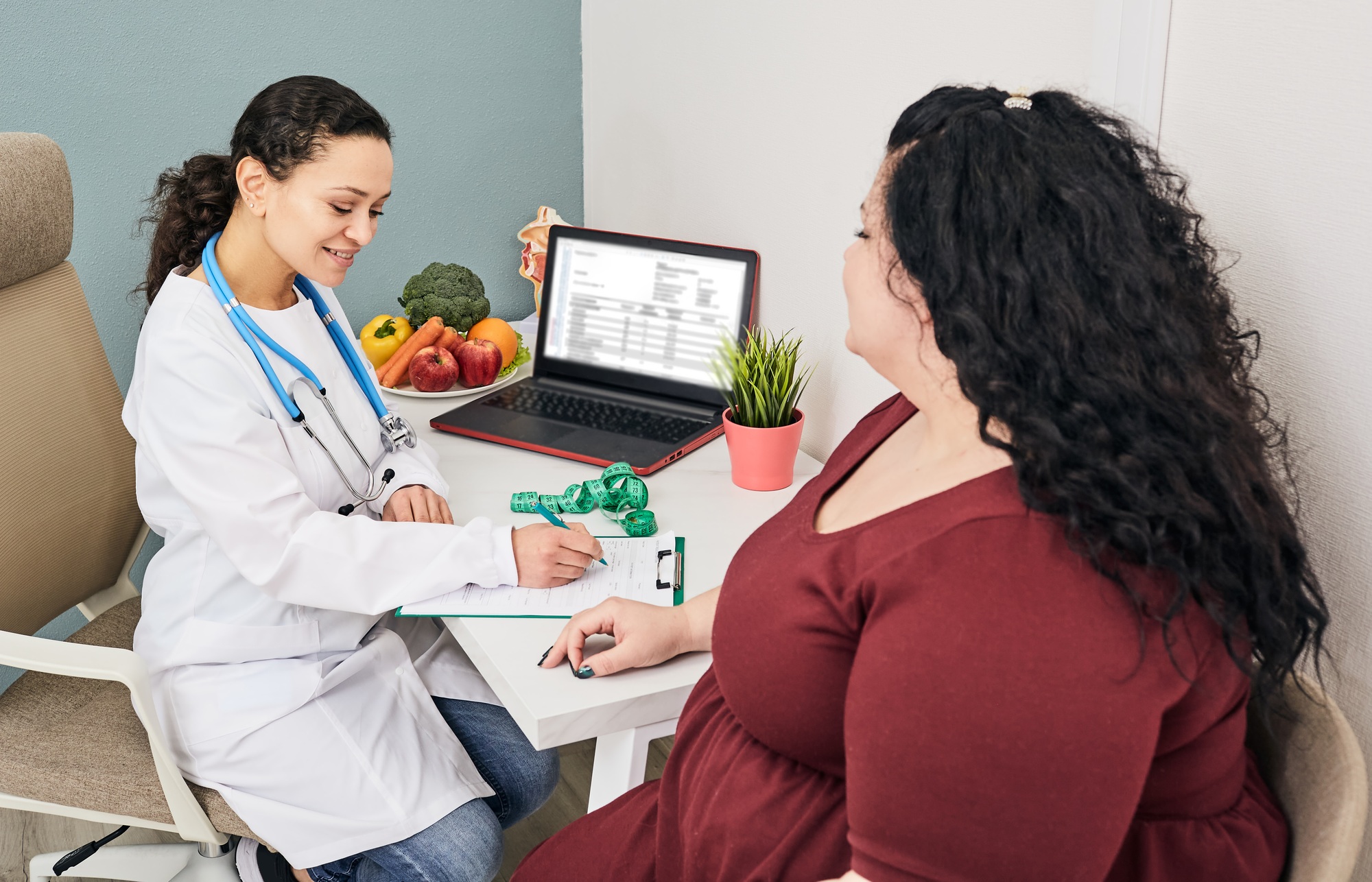Patients these days expect not just exceptional care but also seamless, consistent communication.
If you’re a private practice owner, ask yourself this—are you fully utilizing your email database to stay connected with your patients and build lasting relationships? If not, you’re likely missing out on a powerful tool for engagement, retention, and overall patient experience.
The Untapped Potential of Your Email Database
Your email database is more than a list of patient contact information—it’s a bridge that connects you to your patients outside of their scheduling or treatment visits.
By leveraging this tool strategically, you can:
- Keep Patients Engaged: Regularly share important updates, wellness tips, and relevant health information.
- Build Trust and Relationships: Educational emails or reminders make patients feel cared for, increasing their loyalty to your practice.
- Encourage Scheduling: Proactively remind patients of regular check-ups or promote new services.
Patients want to feel valued and informed, and the personalization and immediacy of email are perfect for achieving this.
Building Your Email Database
No solid email strategy can exist without an engaged and compliant list. Here’s how to grow your database while respecting healthcare regulations:
- Ask During Registration: Whether it’s an in-office form or an online patient portal, prompt new patients to opt into your mailing list.
- Make It Easy to Subscribe: Add a simple signup form on your practice website and include an opt-in checkbox during appointment bookings.
- Offer Value: Encourage people to subscribe with promises of exclusive content like health tips, free guides, or reminders for appointments.
Remember, always collect emails ethically and gain proper consent to comply with data protection laws like HIPAA.
Crafting Effective Patient Emails
Once your database is ready to go, what’s next? Engaging email content! Here are some best practices:
- Keep It Short and Accessible: Nobody wants to read pages of text. Use short paragraphs and bullet points to deliver digestible information.
- Be Educational and Helpful: Share content your patients will genuinely find useful—think wellness tips, seasonal health precautions, or FAQs about a service you offer.
- Personalize the Content: Address the patient by name and tailor messages based on their medical history or preferences where possible.
For example, send a flu vaccine reminder during flu season, or offer post-procedure care tips to patients who’ve recently visited your practice.
Automating the Process
Running a practice is already a full-time job, so how do you make email communication manageable? Enter automation.
Automation tools allow you to send personalized, scheduled emails without taking up your time.
For example:
- Send appointment confirmations and reminders automatically.
- Create a welcome sequence for new patients.
- Send birthday greetings or check-in emails after specific services.
A touch of personalization combined with the time-saving benefits of automation keeps communication meaningful and efficient.
Measuring Success
How do you know if your email strategy is hitting the mark? By tracking key metrics like:
- Open Rates: Are your patients reading the emails? A 20-30% open rate is a good benchmark for healthcare.
- Click-Through Rates (CTR): Are recipients engaging with your content (e.g., clicking appointment links)?
- Unsubscribe Rates: A low unsubscribe rate means your emails are relevant and not overwhelming and you are reaching the right people.
Use these insights to tweak and improve your strategy over time.
Conclusion
Using your email database allows you to stay connected, share valuable information, and make your patients feel cared for every step of the way.
Start small. Grow your email list, craft your first newsletter, or implement a birthday email. Every effort counts in showing your patients you’re more than their healthcare provider—you’re a trusted partner in their wellness.





